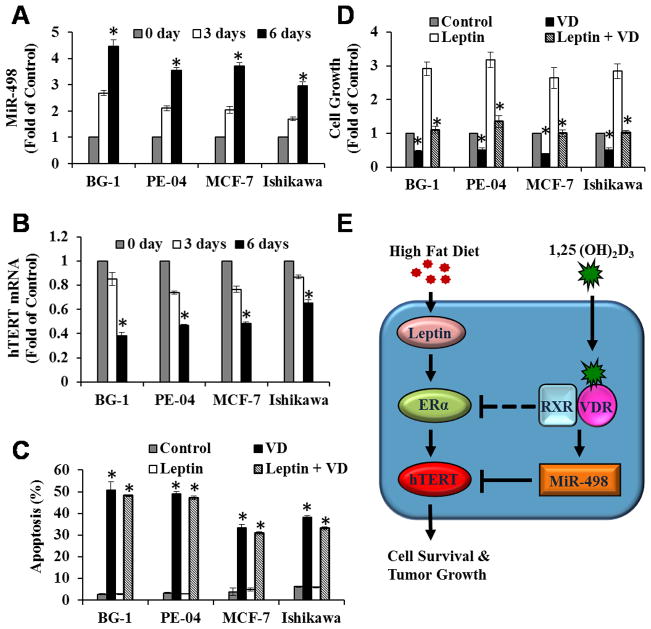Figure 7. 1,25(OH)2D3 induces miR-498 and decreases hTERT mRNA expression in multiple estrogen-sensitive human cancer cells.
A and B, BG-1 (ovarian), PE-04 (ovarian), MCF-7 (breast) and Ishikawa (endometrial) cancer cells were treated with vehicle (EtOH) or 10−7 M 1,25(OH)2D3 (VD) for 0, 3 and 6 days. Total and small RNAs were extracted and the expression of miR-498 (A) and hTERT (B) were determined by qRT-PCR and normalized to U6 and GAPDH, respectively. The expressions are presented as fold of the vehicle control (0 day treatment). C and D, Cells were treated with EtOH (Control), 10−7 M VD, leptin (100 ng/ml) or 10−7 M VD plus leptin (100 ng/ml) for 6 days. Cell death (C) and growth (D) were analyzed by Annexin-V analyses and MTT assays, respectively, as in Fig. 4. Data represent three independent experiments and are presented as mean ± SD. Statistical analysis was performed with Student’s t test (n=3), *p<0.0001. E, Our working hypothesis that explains how HFD and leptin work through ERα activation to stimulate hTERT expression and the growth of estrogen-sensitive cancers in women and how 1,25(OH)2D3 works through miR-498 mediated hTERT destruction to suppress the stimulatory effect of HFD and leptin (See text for details).

